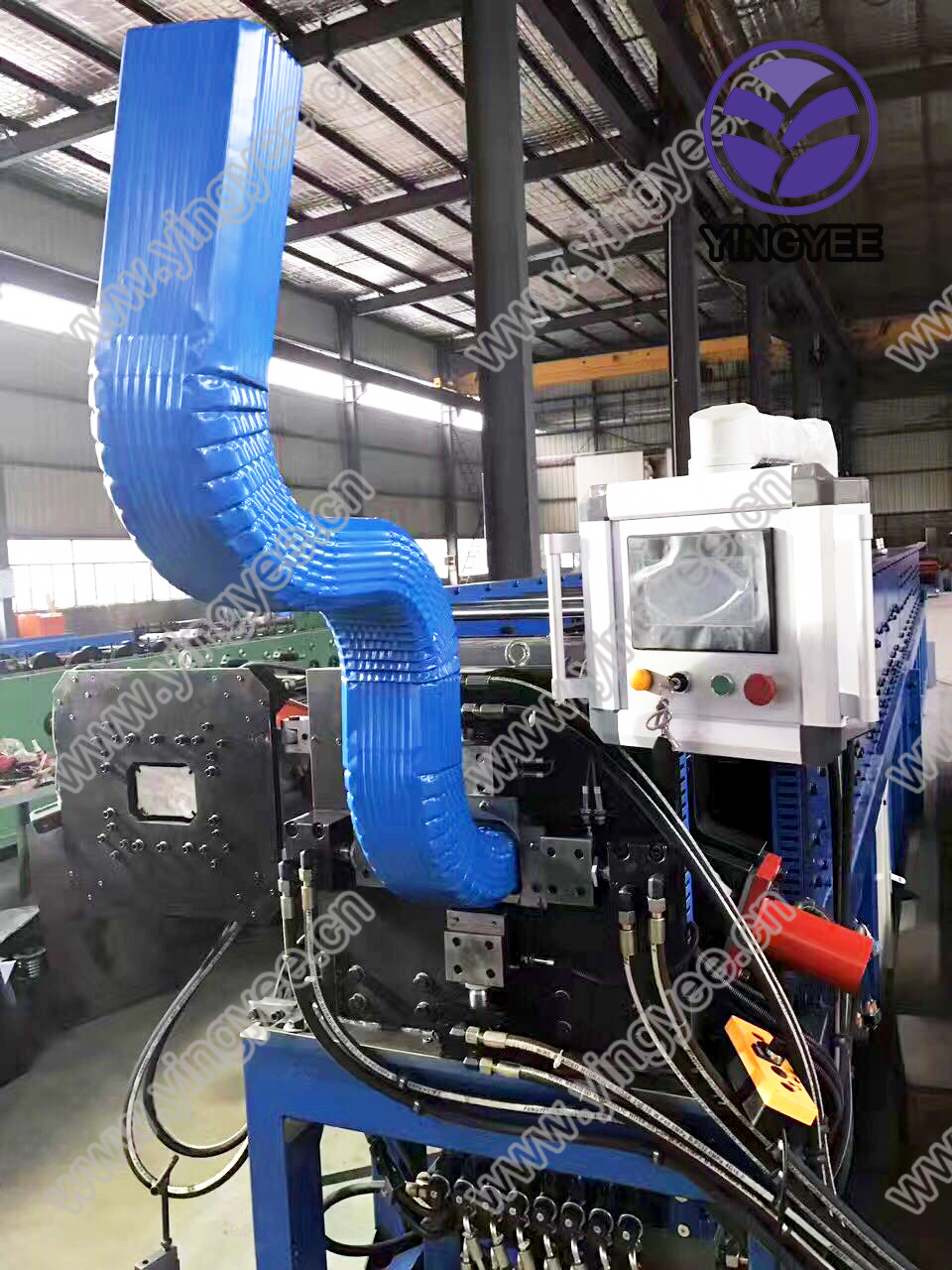
Understanding the Cold Bending Price Factors and Considerations
Cold bending is a significant process in metal fabrication, involving the deliberate curvature of metal without heating the material to its plasticity point. This technique is widely used in various industries, including construction, automotive, and manufacturing, due to its ability to achieve precise shapes with desirable mechanical properties. However, one of the crucial aspects that businesses must consider when utilizing cold bending is the cost associated with this process—essentially, the cold bending price.
Factors Influencing Cold Bending Price
1. Material Type The type of metal used significantly impacts the cold bending price. For instance, high-strength alloys may require more sophisticated techniques and equipment, which can lead to increased costs. Conversely, more ductile metals, like aluminum or mild steel, may be easier to manipulate and therefore less expensive when bent.
2. Thickness of Material The thickness of the material being bent is another vital factor. Thicker materials require more powerful machinery and may also lead to increased wear and tear on equipment, driving up operational costs. Thus, as the thickness increases, so does the cold bending price.
3. Bending Radius The specified bending radius can also affect the price. A tighter radius typically demands more precise tooling and skill, increasing labor costs. When quoting for cold bending, it is essential to define the required bends clearly, as this will directly influence pricing.
4. Production Volume Economies of scale play a significant role in determining cold bending prices. Higher production volumes can lead to reduced unit costs due to the efficiency of processes and lower per-piece material costs. In contrast, small batch sizes may incur higher prices per unit, as set-up times and machine use are less optimized.

5. Complexity of Design Complex geometries may complicate the bending process and necessitate advanced techniques or tools, leading to increased prices. Custom designs often require additional engineering time, validation, and potentially, more trial runs to meet quality standards.
6. Finishing and Post-Processing After bending, materials often require finishing processes, such as coating, painting, or additional machining. These post-processing steps contribute to the overall price and should be factored into quotes and budgeting.
Market Trends and Pricing Strategies
As with any industry, cold bending prices are also affected by broader market trends. Economic conditions, raw material availability, and advancements in bending technology can all influence costs. For businesses looking to manage expenses, it is essential to stay informed about these trends and to negotiate effectively with suppliers.
Engaging in long-term contracts or bulk buying agreements can often lead to more favorable pricing structures. Therefore, staying proactive and establishing strong relationships with manufacturers can yield significant savings over time.
Conclusion
In summary, the cold bending price is shaped by several interrelated factors, including material type, thickness, design complexity, and market conditions. Companies must carefully evaluate these variables when budgeting for projects involving cold bending. By understanding and strategically addressing these elements, businesses can optimize their costs and achieve high-quality, compliant products.